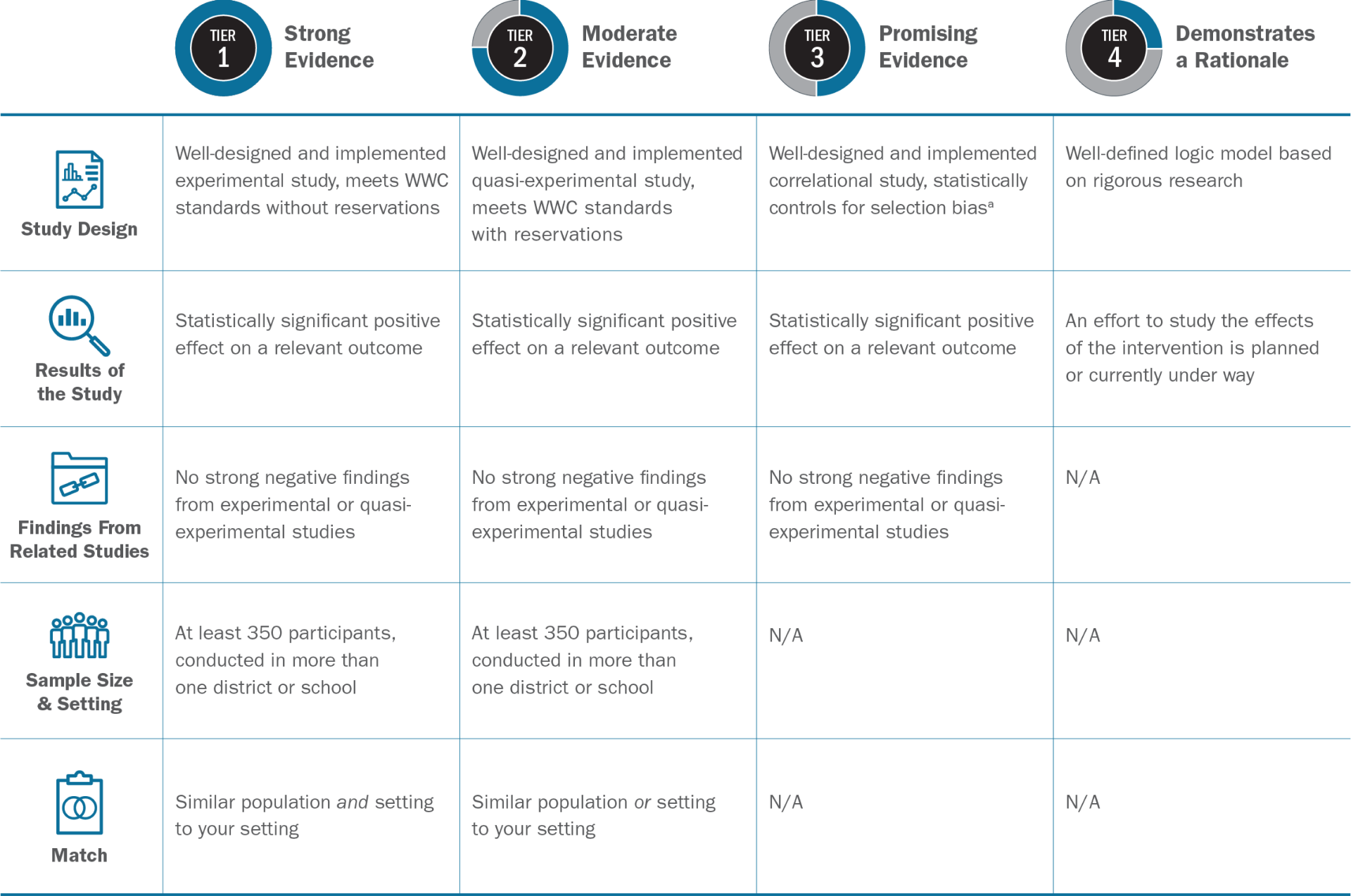The New Mexico Public Education Department (NM PED) believes that every student has the ability to succeed in their future college, career or civic endeavors and that every New Mexico school has the potential to prepare them to do so. The Every Student Succeeds Act (ESSA) challenges state education agencies (SEAs) and local education agencies (LEAs) to improve student outcomes by addressing the student-, teacher-, and school-level factors that drive achievement gains. ESSA requires state, district, and school leaders to engage families and community members in identifying the main challenges a school faces and developing solutions. This presents an unprecedented opportunity — and responsibility — for equity advocates to be actively involved in making informed decisions that improve outcomes for students of color, students from low-income families, English learners, and students with disabilities.

ESSA provides the opportunity for state and local education agencies to determine the needs of their students and work to meet them.

ESSA offers the flexibility for state and local education agencies to choose the best evidence-based interventions to help their schools improve.

ESSA entrusts the responsibility for state and local education agencies to select appropriate, relevant interventions with the strongest evidence base possible to implement in schools needing improvement.
The Role of Evidence in School Improvement
Under ESSA, districts and schools have the flexibility to choose interventions to improve student outcomes. District and School leaders must choose evidence-based interventions that have been shown to improve student outcomes. By selecting interventions that that have been rigorously studied and have improved student learn, district and school leaders increase the likelihood that student achievement will improve.
While some ESSA programs allow the use of all four levels of evidence, Section 1003 requires that More Rigorous Intervention (MRI) Comprehensive School Improvement (CSI)and Additional Targeted School Improvement (ATSI) schools use these funds only for interventions reflecting one of the highest three levels of evidence (Strong, Moderate, and/or Promising).
- Strong: at least one well-designed and well-implemented experimental study (i.e., a randomized controlled trial).
- Moderate: at least one well-designed and well-implemented quasi-experimental study.
- Promising: at least one well-designed and well-implemented correlation study with statistical controls for selection bias.
High QUality Instructional Materials
NMPED Definition: High Quality Core Instructional Materials are content-rich, fully accessible, culturally and linguistically relevant, free from bias, research-based, and aligned to New Mexico state standards. They are written with clear purpose, effective lesson structure, and pacing to provide flexibility for teachers to best support learning for all students, encouraging inquiry and curiosity. HQIM provide a variety of relevant assessments to support and guide teachers with professional tools to evaluate student comprehension of the content and provide deeper understanding of the standards. HQIM also provide support to identify the linguistic and cultural lenses that students use to make meaning in the content area.

Resources: Identifying HQIM
High Quality Instructional Material Reviews
Resources: Selecting HQIM
Resources: Implementing HQIM
Research
Hiding in Plain Sight: Leveraging Curriculum to Improve Student Learning
Practice What You Teach: Connecting Curriculum & Professional Learning in Schools
“It’s been incredible to watch our kids grow and develop. It’s pretty engaging and our kids really enjoy the opportunity to learn with this program.”
— District Assistant Principal, Mesa Vista Consolidated Schools
“Yes, we have high quality material, but it has to be in the hands of a high quality teacher and instructional leader.”
— Chief Academic Officer, Rio Rancho Public Schools, on HQIM
“I really enjoy how the same concepts are throughout our grade levels. So if they learned number bonds in kinder, they’re doing number bonds all the way through third. It’s nothing new when they get there and they’ll be much more fluent in that.”
— 1st Grade Teacher, El Rito Elementary School, Mesa Vista Consolidated Schools, on Using School Wide HQ Math Curriculum
“Teaching can be a really lonely profession. When you are doing PLCs, and when you’re working together, and you’re talking about how you deliver that instruction… then we all get better.”
— Superintendent, Rio Rancho Public Schools, on Implementation of District Wide HQ Math Curriculum
The U.S. Department of Education Office of Inspector General (OIG) conducts audits, investigations, and inspections of educational programs and operations, and has criminal investigators nationwide who conduct investigations of fraudulent schemes targeting the Department’s funds and/or programs. OIG is responsible for protecting the integrity of Federal education programs administered by the Department, ensuring vital funds are used for allowable and intended purposes and in accordance with all applicable requirements. Title IX, Section 9203 of Every Student Succeeds Act requires the Department’s OIG hotline contact information be publicly posted so that any individual who observes, detects, or suspects improper use of taxpayer funds can easily report such improper use.
